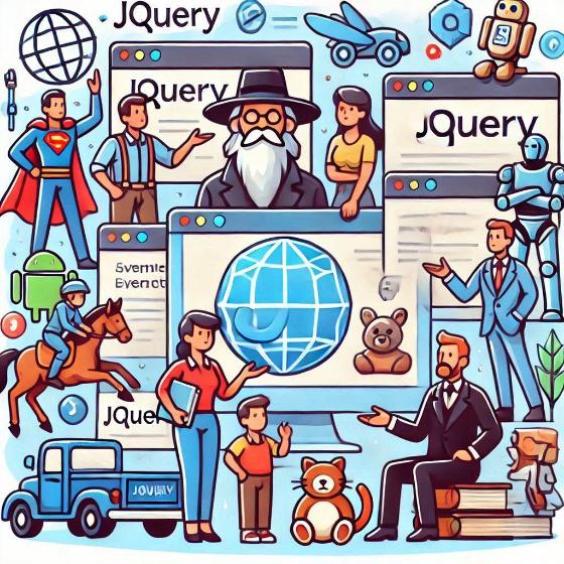What is Javascript and what is it for
In the world of technology, especially in the web field, there is a programming language that plays a fundamental role in the creation of interactive and dynamic websites. This is JavaScript, a language that has revolutionized the way we interact with the web. In this article, we will explore what JavaScript is, what it is used for, and its importance in modern web.
What is JavaScript?
JavaScript is a high-level, interpreted, and object-oriented programming language that runs on the client side (in the web browser). It was created in 1995 by Brendan Eich, an engineer at Netscape, and originally called "Mocha". Its name was changed to JavaScript to take advantage of the popularity of Java at the time.
JavaScript is used to add interactivity to websites, allowing developers to create dynamic elements such as buttons that unfold, menus that unfold, transition effects, and animations. It is also used to create complex web applications, such as games, simulators, and productivity tools.
The symbiosis between web browsers and JavaScript
Web browsers and JavaScript have a very close relationship. Web browsers, such as Google Chrome, Mozilla Firefox, and Safari, have a built-in JavaScript engine that interprets and executes JavaScript code. This means that when a user visits a website that uses JavaScript, the web browser executes the code on the client side, without the need to send requests to the server.
The symbiosis between web browsers and JavaScript allows for the creation of richer and more dynamic user experiences. Developers can create interactive elements that respond to user actions, such as clicking on a button or moving the mouse.
The importance of JavaScript in modern web
JavaScript is fundamental in modern web. Without it, websites would be static and non-interactive. Most popular websites, such as Facebook, Twitter, and YouTube, use JavaScript to create richer and more dynamic user experiences.
JavaScript is also used in the creation of progressive web applications (PWA), which are web applications that run in the web browser and offer a user experience similar to that of mobile applications. PWAs are a growing trend in modern web, and JavaScript is a key component in their creation.
Alternatives to JavaScript
Although JavaScript is the most popular programming language for the client side, there are some alternatives. Some of them are:
- Dart : A programming language created by Google that is used to create web and mobile applications.
- TypeScript : A programming language that compiles to JavaScript and is used to create web and mobile applications.
- CoffeeScript : A programming language that compiles to JavaScript and is used to create web and mobile applications.
It is important to note that although these alternatives exist, JavaScript remains the most popular and widely used programming language for the client side.
JavaScript is a fundamental programming language in modern web. Its ability to add interactivity to websites and create richer and more dynamic user experiences has made it a key component in the creation of websites and web applications. Although there are alternatives to JavaScript, its popularity and widespread adoption make it the most widely used programming language for the client side.






